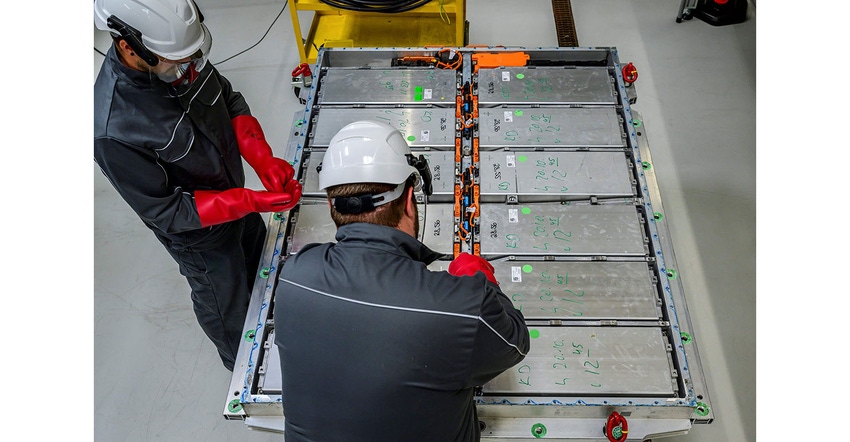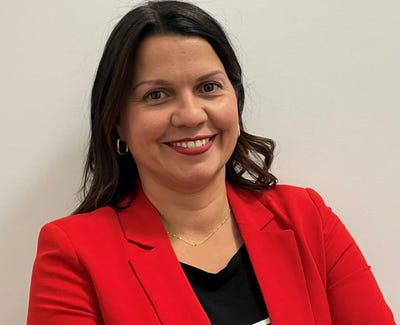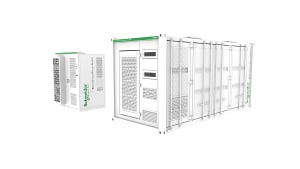Exploring the Inner Workings of a Battery Recycling Plant
JerryRigEverything's latest video takes you through the Li-cycle recycling process, from shredding batteries to extracting critical materials.

Li-Cycle Corporation specializes in advanced lithium-ion battery recycling solutions, and Zack Nelson, from the YouTube channel JerryRigEverything had the chance to tour their premises and show how batteries get recycled. The video titled “What *Really* happens to used Electric Car Batteries?” begins with batteries placed on a conveyor belt. Nelson noted, “Basically, batteries in any state can be recycled using this process.” Batteries are conveyed to a funnel filled with a proprietary liquid and a submerged industrial shredder. The batteries are shredded, and the materials are separated.
The most valuable part of the recycling process is the "black mass," a residue containing elements like cobalt, lithium, and nickel, which are vital for making new batteries. “The way the cobalt and lithium are extracted from that proprietary liquid inside the shredder machine is with something called a filter press. The metal-rich liquid is pumped into the large blue press, and that proprietary liquid is hydraulically squeezed out, leaving behind something called “black mass” on each of the individual filters.” Nelson said.
He also mentions the closed-loop system that the Li-cycle employs, minimizing water usage and air pollutants. After sorting, filtering, and pressing, the final products are separated into bags: one for plastics, one for aluminum and copper shreds, and the coveted black mass containing valuable metals. Here is the video:
About the Author(s)
You May Also Like





